The Persian year of 1401, which ended on March 20, was one of the darkest years for children and students in Iran. Besides the problems of runaway inflation, unemployment, air pollution and fuel shortages, Iranian high schools were the scenes of assaults by security forces, from attacks on students who were protesting a wave of chemical attacks on girls’ schools to mandatory sessions in which schoolgirls were forced to watch porn videos to intimidate them.
In the past year, the silence of Iranian officials, international organizations and world leaders allowed the security forces to harass and hound children’s rights activists more than ever.
Among all the many crises engulfing the lives of Iranian children, two stood out: poverty and interrupted education.
***
In just four months of protests before the end of the year, around 64 children and teenagers under 18 were killed by security forces, many others were kept in detention for long periods of time and were harassed physically and sexually.
Children who dropped out of school, the increase in the number child laborers and child marriages, the exponential growth in the number of children without adequate guardianship, the increase in the number of malnourished children due to the high cost of foodstuffs and shortages of medicine are not the only problems that are affecting children in Iran.
The Ignored Child Labor Issue
In the waning days of the last Persian year, parliament summoned Education Minister Yousef Nouri (he was forced to resign on April 3) over the increasing number of school dropouts, which in turn contributed to an increase in the number of child laborers, child marriages, juvenile delinquency and honor killings, experts say.
The parliament’s Research Center recently reported that around one million children dropped out of school last year. It also published a paper showing that the most important factor behind this increase was poverty.
In the past decade there have been no official statistics on child laborers but, according to an estimate by the Iranian Scientific Association of Social Work, there were at least seven
million child laborers working across Iran in 2021.
Article 79 of Iranian Labor Code prohibits employment of anybody under the age of 15 and says that a worker between the ages of 15 and 18 must undergo a medical examination by the Social Security Organization prior to starting employment. And Article 84 states that the minimum working age shall be 18 years for occupations and jobs which “may be prejudicial to the health” of young workers. Such jobs are determined by the Ministry of Labor and Social Affairs.
The last available statistics about the workforce in Iran was published in 2019 by the Statistical Center, but it does not give enough data to enable us to estimate the number of child laborers between 10 to 15. Most of the “visible” child laborers are scavengers or street vendors, but many child laborers work in underground workshops.
The issue of child labor is one of the biggest challenges facing the government of the Islamic Republic, which completely ignores it. These children face many miseries and violations of their basic rights, from lack of healthcare and education, abuse, rape, malnutrition, drug addiction, depression, self-harm and suicide to physical punishment in the workplace and gender discrimination.
No ID Card, No School, No Nothing
A former Iranian MP has claimed that about a million citizens have no ID card. More than 400,000 of them are children, of which 4,500 live in the poor and underprivileged province of Sistan and Baluchistan.
Children without ID are practically invisible to the government. Many of them are ethnic Baluch, children of Iranian mothers and foreign fathers, mostly from Afghanistan and Pakistan. These children are denied all social services offered by the government, including health and education.
In October 2019, after more than a decade of pressure from activists, Iran’s Guardian Council finally approved an amendment granting citizenship to the children of Iranian women married to foreign men. However, Iranian women have to apply for nationality for their children, while the children of Iranian men are granted nationality automatically. Children who turn 18 can apply for citizenship themselves.
The Bureau for Aliens and Foreign Immigrants Affairs cannot independently issue an ID for these children. The amended law requires the Intelligence Ministry and the Revolutionary Guards’ Intelligence Organization (IRGC-IO) to certify there will be no “security problem” in granting someone citizenship. After an application is rubber-stamped, it has to go before a court.
Children and Nationwide Protests
The nationwide protests sparked by the death of Mahsa Amini in September 2022 coincided with the new school year in Iran. The protests spread to schools and there have been many reports of children being taken hostage, kidnapped, tortured and raped. The crackdown on schoolchildren also meant that many schools had to close for a considerable length of time, disrupting pupils’ education.
Air pollution and fuel shortages also played an important role in closing down schools and interrupting education.
As the protests subsided slightly following weeks of mass arrests, the execution of protesters and the torture of demonstrators in custody, chemical attacks on girls’ schools across the country started. Since November, 13,000 students have reportedly suffered symptoms including nausea, fainting, headaches, coughing, breathing difficulties and heart palpitations, with many requiring treatment in hospital. Hundreds of girls’ schools have been targeted in what Amnesty International described as “a campaign that appears to be highly coordinated and organized.”
Meanwhile, secondary schoolgirls were forced to watch pornographic videos during mandatory sessions aimed at convincing them that the protesters’ demands would lead to sexual decadence in Iran.
International organizations such as the United Nations Children's Fund remained silent for a long time after these events started. Finally, on November 27, UNICEF issued a statement calling “for an end to all forms of violence and abuse” in Iran. Apparently responding to criticism the agency has faced, the statement said that it “has directly communicated our concerns to the authorities in Iran since the first cases of child casualties occurred in response to the protests.” Mahtab Keramati, an Iranian actress who served as UNICEF Goodwill Ambassador in Iran, resigned in early November to protest the lack of action.
On March 16, the Office of the High Commissioner of Human Rights (OHCHR) issued a statement to condemn the “deliberate poisoning of schoolgirls” in Iran. “We are deeply concerned about the physical and mental well-being of these schoolgirls; their parents and the ability of the girls to enjoy their fundamental right to education. While arrests have just been announced, we remain gravely disturbed by the fact that for several months, State authorities not only failed to swiftly investigate the attacks, but repeatedly denied them until recently,” it said.
Islamic Republic Laws and Future Prospects
Violations of children’s rights in Iran range from child labor, juvenile executions, child marriage, deprivation of education, lack of healthcare and clean drinking water and insecurity at schools to honor killings, systematic discrimination against children of ethnic minorities, molestation and gender discrimination.
The existing laws relating to children are mostly scattered among other legislations, and they have been consistently criticized by children’s rights activists and jurists. Perhaps the most inclusive of them is the 2020 Law on Protection of Children and Adolescents. Human Rights Watch called it a “small positive step forward [that] falls short of the fundamental reforms needed to meaningfully protect children’s rights.”
Iran has been a member of the UN Convention on the Rights of the Child since 1994, but a range of Iranian laws are contrary to this convention.
To read more of IranWire reports on children’s rights in Iran, follow this link.
visit the accountability section
In this section of Iran Wire, you can contact the officials and launch your campaign for various problems
















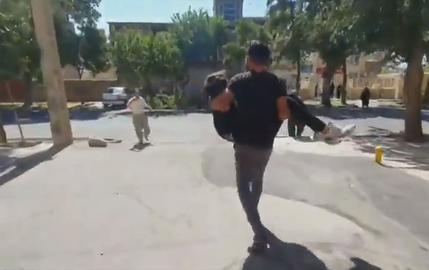
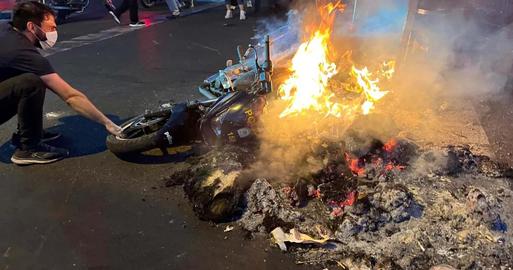
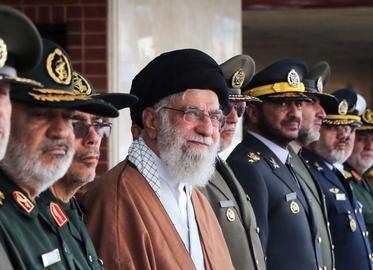
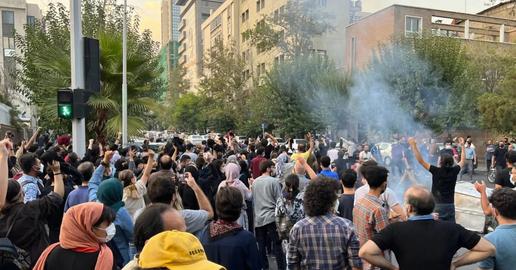
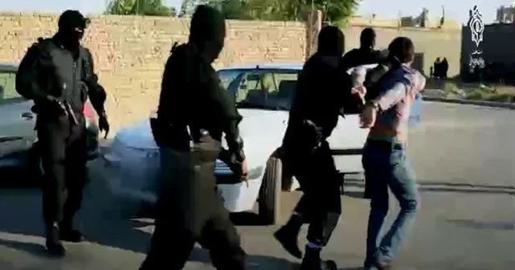
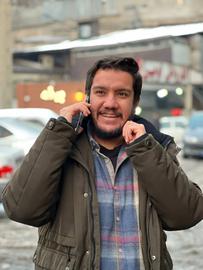
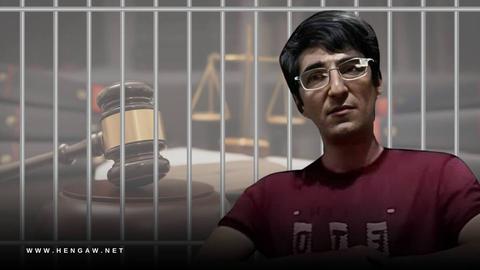




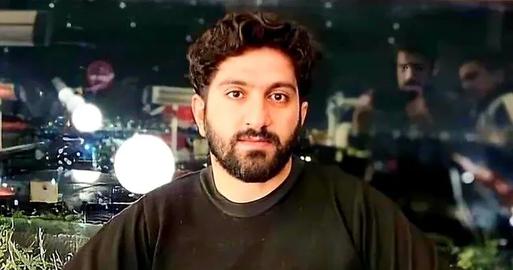


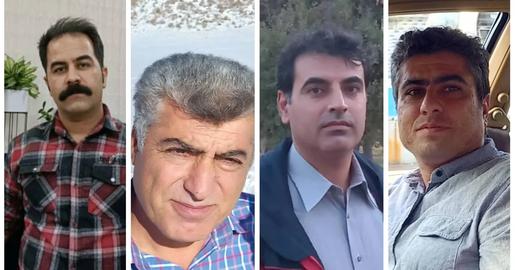
comments